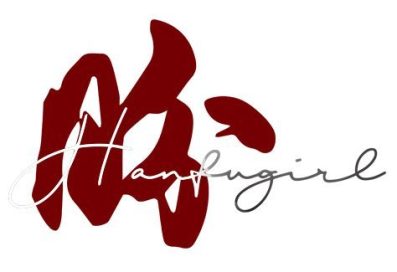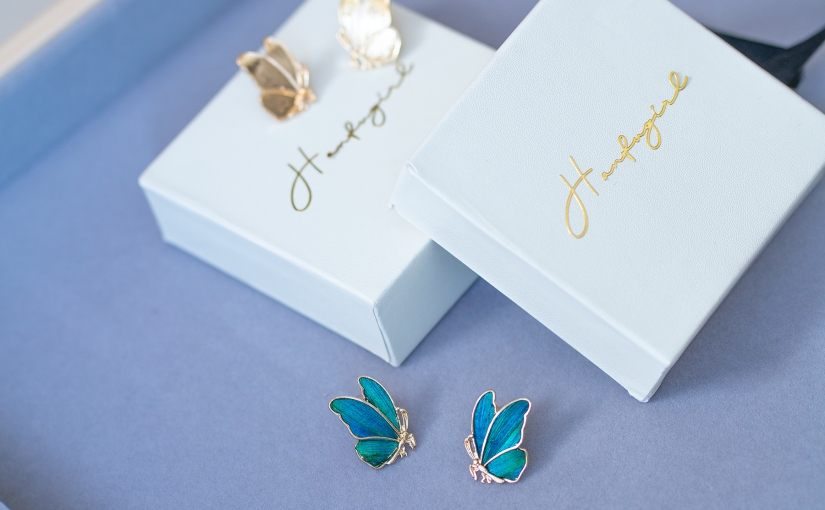IMPORTANT: WE HAVE MOVED!
CLICK HERE FOR OUR NEW SITE!
Traditional crafts that are passed on till today were typically embraced and treasured by people, but there is one particular craft that is highly controversial and that is the Kingfisher feather inlay craft, also known as the Dian Cui (点翠) craft.
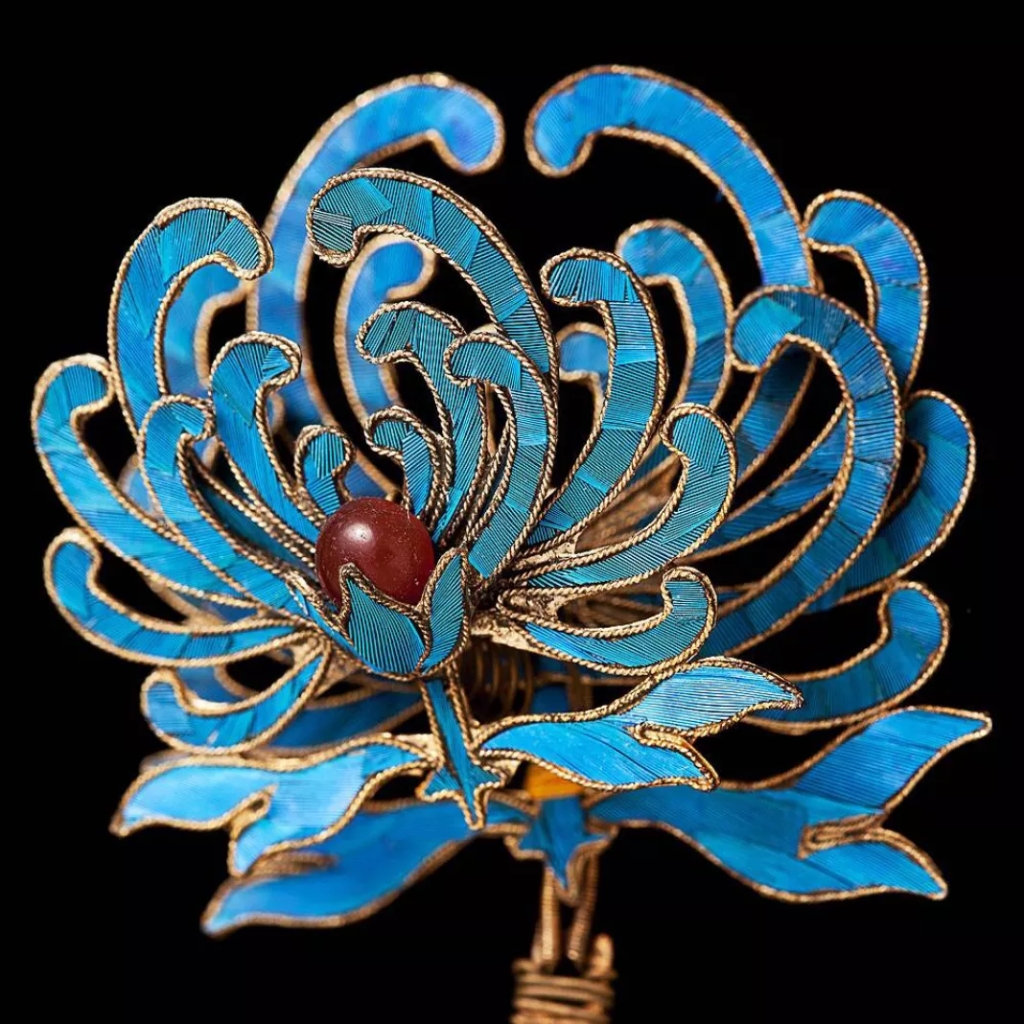
Most of the pictures on the internet make the jewelry and feathers look extra big, for the purpose of allowing us to see the details of it, but if you have seen an actual Dian Cui piece in person, you would realise that it is actually surprisingly small. This is due to the fact that the Kingfishers are tiny in stature, and their feathers are even tinier, so to inlay them into filigree-based jewelries, you would require quite a lot of the feathers so traditionally they wouldn’t be too big.
Whenever I think of feathers and accessories, I always think of the Native Americans and their sacred headdresses and feather dance. And just like the Native Americans, the Chinese also had a long history of using feathers to accessorise ourselves and for ceremonial dances. There were records of dances that existed some 3,000 years back where they used feathers as props and also for wearing by the dancers.
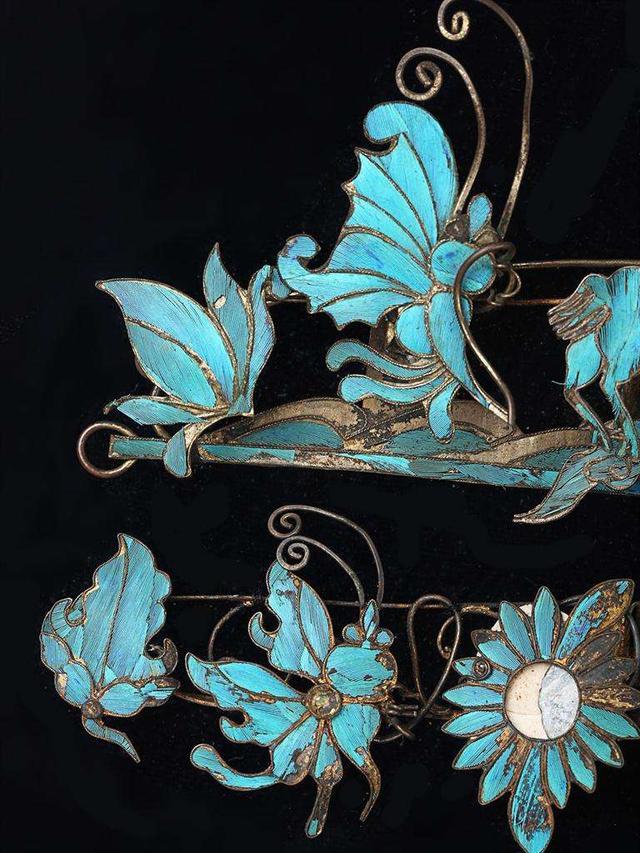
The use of feathers for shamanistic rituals would have been common in the ancient worlds, and in a particular ancient Chinese culture called the Chu culture (modern day Hunan and Hubei—central China area), there were records of people decorating their wooden jewelry boxes with kingfisher feathers (and flowers, pearls, and jade) about 2,200 years back.
Gradually, about 2,000 years ago, imperial women started to have kingfisher feathers to decorate their walls (yes, what a luxury!), and a few hundred years later, a crown prince used it to decorate his crown. So it was not confined to just jewelry, and it was not just for women.
The earliest visual documentation that I can find, of kingfisher feather being used for accessories by the Chinese, would be the Song dynasty (circa 12th century) Empress in their formal ceremonial wear with their crowns decorated by kingfisher feathers, pearls and other gemstones.

A Chinese period drama in recent years replicated the ceremonial wear for the Song empress, and you can see a more tangible representation of it here:

Of course you could say that you can’t tell much from just a painting, and it could very well be embroidered or silk threads since we have not found any physical proof of it yet. That is definitely a possibility except that the Kingfisher feather industry was a thriving one that was widely documented, and that imperial women were often spotted wearing dresses of kingfisher feathers, or accessories with them to the chagrin of the emperors. Several times during the 12th century, the emperors tried to ban the use of kingfisher feathers precisely for the reason that they found it an unnecessary extravagance that harms the ecosystem, to no avail.
The iridescence and brilliance of the kingfisher feather is seen as unparalleled by any other bird, so there was no way of replacing it with other alternatives.
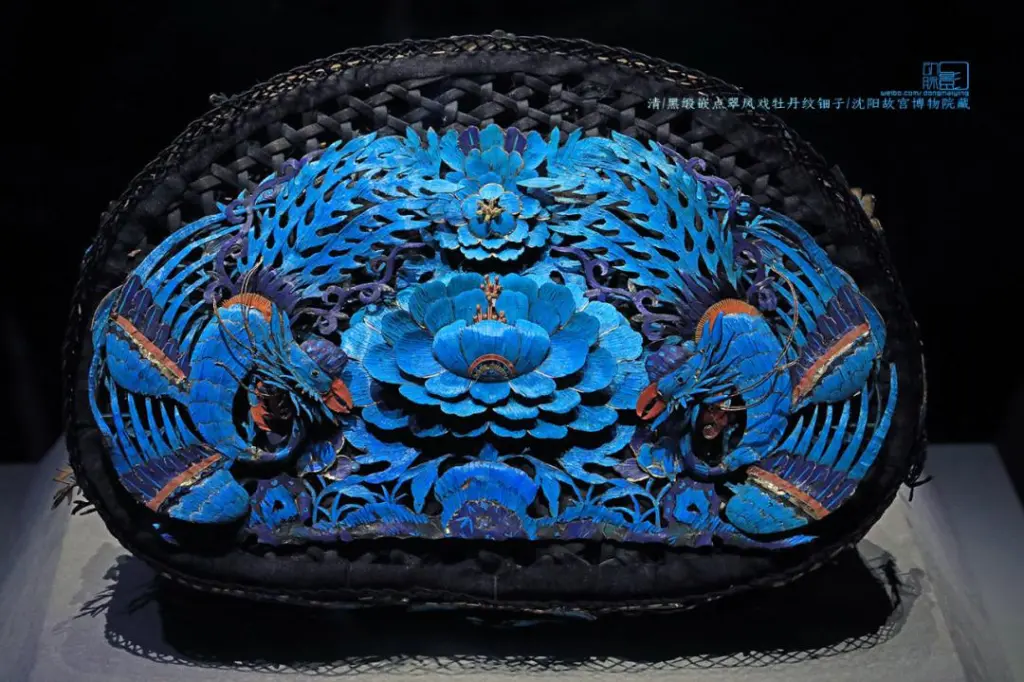
By the Qing dynasty, the kingfisher feather was everywhere in the accessories of the imperial family. From hairpins to hats, they were lavishly decorated with kingfisher feathers of different shades of blues.
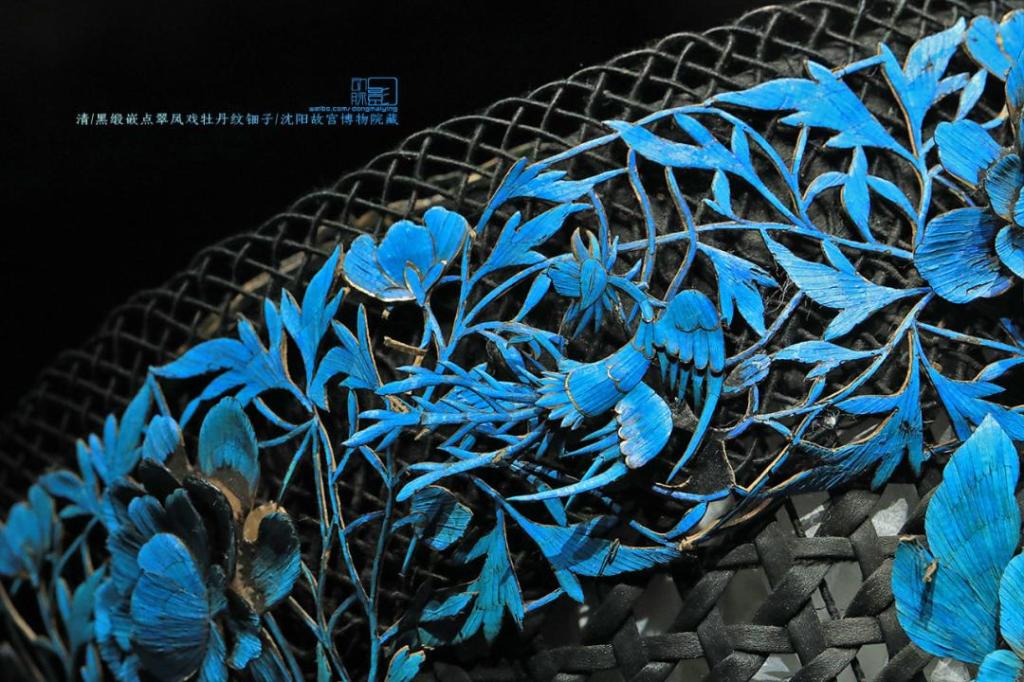
The high demand for kingfisher feathers also meant that more kingfishers have to be killed for it, and eventually it became unsustainable. By the turn of the 20th century, the Chinese were already very familiar with the Cloisonné craft brought in from the west or the Islamic world, and for the commoners, they would use blue and green cloisonné craft on their silver or copper jewelries to create a semblance of kingfisher feather inlay decorated ones.
The last kingfisher factory in China closed in 1933 due to political instability within China and other socio-economic factors.
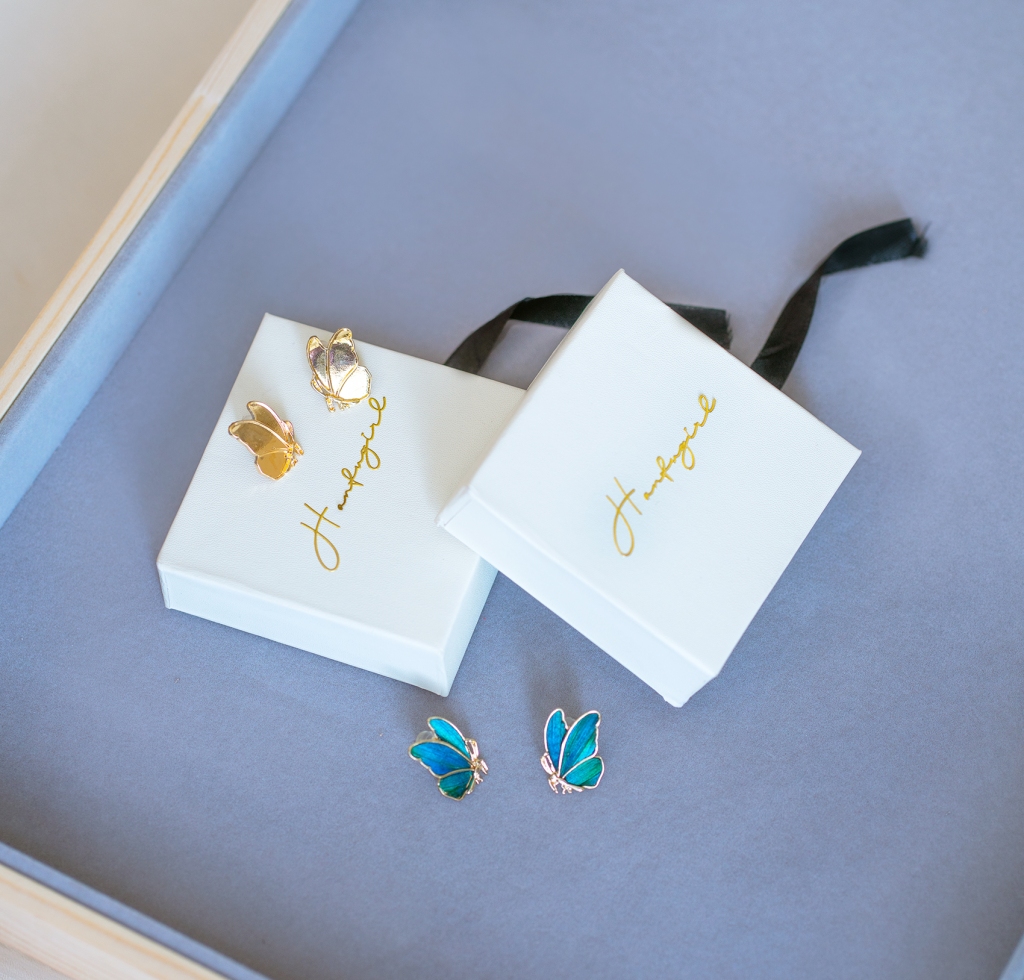
The Kingfisher feather craft has a bad reputation in recent years because of the rumour that the feathers had to be plucked from birds that were alive, and it was a torturous and slow death for the kingfishers. However, that is a myth. Historically, there were indeed records of plucking the feathers from kingfishers while they were alive, but it was taken out of context. The record mentioned that a few feathers were plucked form the kingfishers and then, the birds were released into the wild. So it implied that the birds were not killed in the process. However, I’m sure that as demands surge, it would be much faster for people to just catch and kill those birds for their feathers, and much more profitable that way.
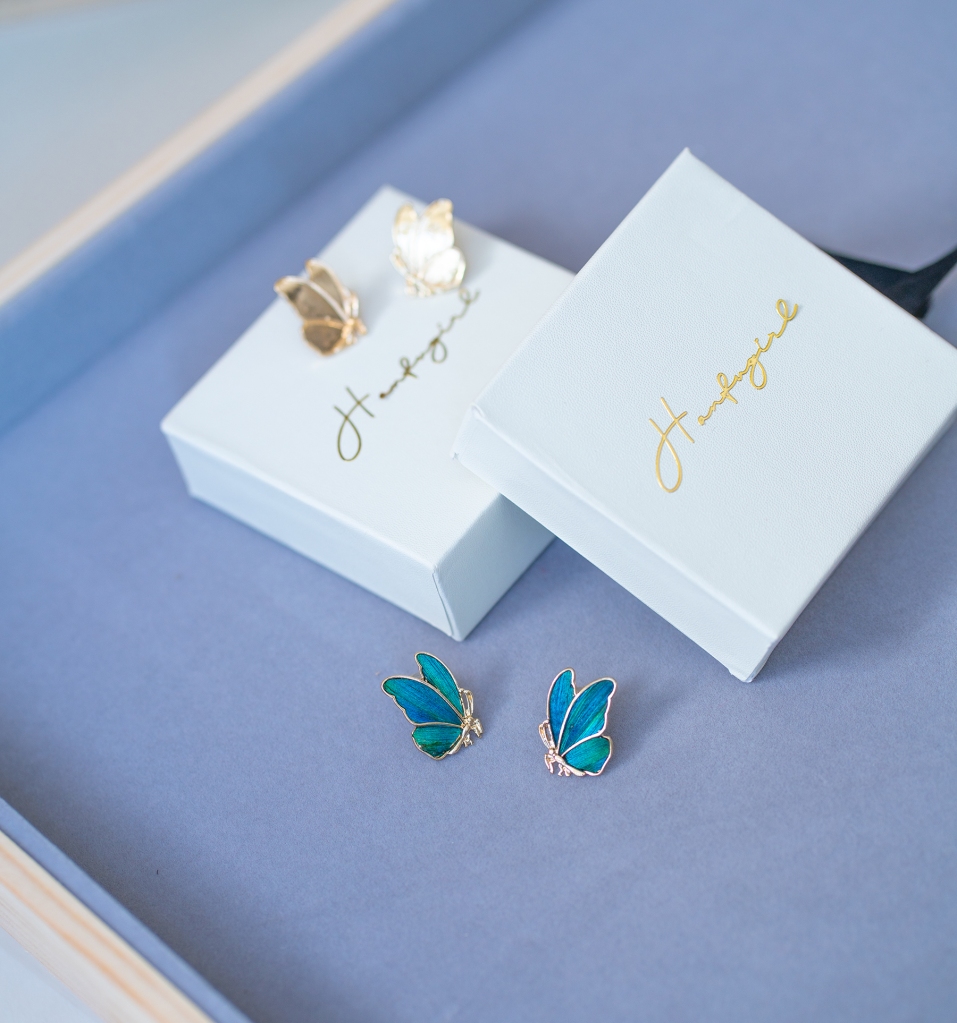
As part of Yaji Masterclass, we are also going to have an introductory workshop on this traditional jewelry decorating craft using peacock feathers in place of kingfisher so no bird would be harmed in the process. The peacock feather has a really beautiful iridescence to it that changes with light. Since butterflies also have that kind of feathers, I thought it’d be apt to get everyone attending the masterclass to make a pair of butterfly earrings with this technique!
I will also be sharing more about the technical details of this craft, and stories of how famous traditional Chinese Opera singers would own an entire headdress of kingfisher feathers of the finest quality, and one that would cost you a fortune.
If you’re interested to learn this craft with us on the 24 Sep 2022 (Sat), you can get a ticket HERE. Your ticket comes with all that you need for this craft, and you can bring the tools home to make more of your own accessories with feather inlays!
